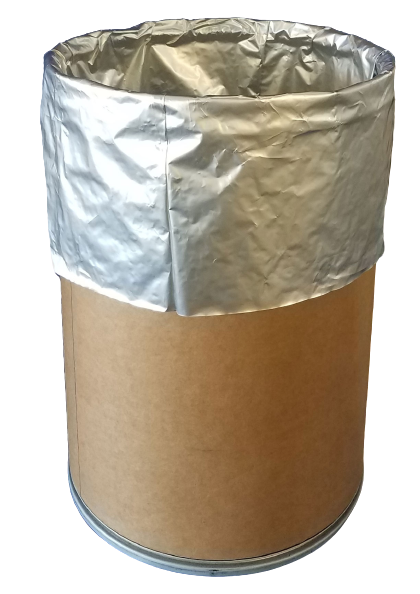Triple Laminated Bag
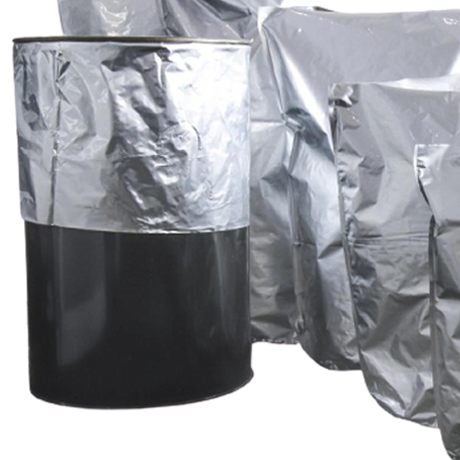
TRIPLE LAMINATED BAGS are made with a sandwich layer of Polyester film Aluminum foil and Low Density Polyethylene (LDPE) which is widely used to keep packaging products safe from the damaging effects of moisture, oxygen, thermal degradation, odour and flavor losses. Triple Laminated Bags are used as the most effective packaging solution for pharmaceutical and drug products, as they are USFDA APPROVED and comply with CFR 21 CFR 178.3130 for direct contact packaging of API, bulk drugs, drug products and intermediates.
Tirple Laminated Bags conform to USP <661> & USP <667> pharmacopia standards for packaging of pharmaceutical powders and solid dosage forms. These bags are highly reliable in controlling the humidity and moisture for long-term storage. Along with moisture, oxygen gas ingress can be controlled to achieve a extreme low OTR (oxygen transmission rate) arresting oxidative degradation of API and drug products. Triple Lamianted Bags maintain a consistent High Oxygen gas barrier throughout the extended storage period and during transportation via sea or air world-wide. UV light protection standards are also met with the use of Triple Laminated Bags.
The inside layer of Triple Laminated Bags are made with food/pharmaceutical grade compliant LDPE (low density polyethylene) resin conforming to 21 CFR 177.1520 for direct contact packaging of drug products, finished dosage forms, API (Active Pharmaceutical Ingredient) and intermediate chemical storage. LDPE layer along with the Polyester and Aluminum foil are clean, impurities free, heavy metal free and meet the stringent standards of Pharma industry.
Triple Laminated Bags conform to EU standard for food contact application under EU Directive 2002/72/EU and its amendments up to 2008/39/EC. Global migration limit of 60 mg/kg of food or 10 mg/square decimeter of the plastic as specified in Directive 2007/19/EC amending Directive 2002/72/EC, are met with the LDPE resin.
Triple Laminated Bags are manufactured in Class 100,000 GMP facility and complys with RoHS and REACH standards for Global medical and pharmaceutical packaging standard.
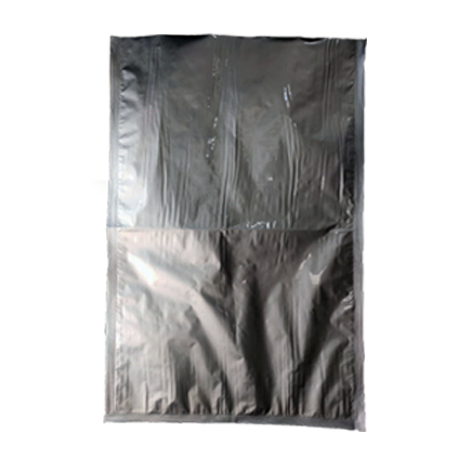
Features

Provide Excellent Moisture Fence

High Temperature Resistance

Light In Weight

Keep Products Odorless

Complete Climatic Protection
Aluminum Foil Laminating
Machine
Properties:
- ✓ CFR 21 compliant
- ✓ Food grade resin
- ✓High air & moisture resistance
- ✓Clean room compatible
- ✓ Excellent seal strength
- ✓ Easily sealable
- ✓ High dart impact
- ✓No creasing or holes
- ✓Anti-static option available
- ✓Roll & cut pouch available
Applications:
- ✓ Bulk Drugs
- ✓Unit dose placebos
- ✓Powders
- ✓Drug delivery components
- ✓Machinery Packaging
- ✓X-ray machines/Optical and Electronic instruments
- ✓Engines and Transmission assemblies
- ✓Transformers
- ✓Defense and Aerospace
- ✓Chemicals and Dyes
- ✓Foodstuffs
- ✓Rubber Compounds, Polymer Granules etc.
Features:
- ✓Superior protection against moisture, oxygen transmission, corrosion, physical damage, odor transfer, UV radiation, chemicals
- ✓Corrosion is avoided by maintaining low humidity level
- ✓Overall cost reduction by way of reduced desiccant/preservatives, packing case cost and rejections due to corrosion and spoilage of packed products
- ✓Superior strength
- ✓High temperature resistance
- ✓Light weight
- ✓Full climate protection
Size:
- ✓ Customized as per customer requirement
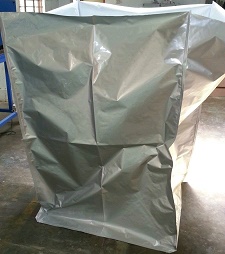
Application
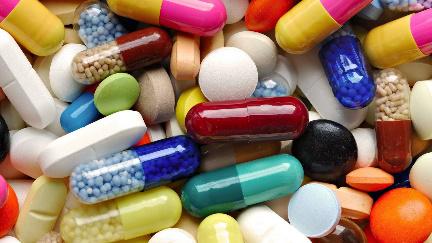
Bulk Drugs / Drug Delivery Components
A bulk drug — also called active pharmaceutical ingredient (API) is a chemical molecule in a pharmaceutical product. These ingredients need extremely careful protection during storage & transit. Any pack leakage & contamination can spoil ingredients & not only affect potency of medicine but also endanger health of human who consume the product made from such content.
In order to maintain hygiene & safety of the package, the laminate made using aluminium foil & special polymers aluminium barrier foil protects the product from all adverse external influences that may affect its quality and potency such as light, moisture, oxygen, biological contamination mechanical damage and counterfeiting/adulteration. Use of special polymer layer takes care of contents & prevents any migration through & from the system. Also offers good bond strength against action of aggressive ingredients.
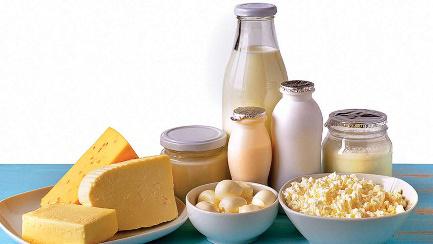
Powders And Dairy Products
Packing made from aluminum foil is most widely used in the food industry as many groceries are easily affected by sunlight, which damages their appearance and worsens their taste. Foil solves this problem in the best possible way which is why it is generally regarded as the ideal core packaging material for dairy products, pastries, and beverages. For example, dry milk in hermetically sealed packages made from laminated foil a shelf life of 2 years.
Aluminum foil packaging for powders and dairy products prevents from penetration of moisture and oxygen or leakage to keep freshness, taste flavors. Aluminum foil is non-toxic, so it does not damage the foods wrapped in it, but instead protects them. Aluminum foil is used in food containers, bins, bottle caps, soft packages for liquids or bulk food stuffs and many other types of containers.

Defense And Aerospace
Packaging made from aluminium barrier foil use in defense and aerospace. Aluminium barrier foil protects and preserves aerospace engines and spare parts from corrosion in an efficient way during storage and transport.
Due to aluminium barrier foils low water vapour transmission rate they protect products from moisture, oxygen ingress, UV rays, grease and many other corrosion-causing elements.
We are capable of manufacturing aluminium barrier packaging that will cover an entire aircraft, wings, engines and other aerospace equipment you need protecting.

Foodstuffs
Aluminum foil is hygienic, non-toxic and helps in keeping the aroma of foods and provides a complete barrier to light, oxygen, ultraviolet radiation, moisture and bacteria. For this reason, foil is used extensively used to cover food. Foil does not melt from high temperature, nor does it lose its shape or impart any bad smell to the food wrapped in it. This means foil can be used for grilling food or even for cooking on an open fire.
For example, laminated foil with paper stuck on the inside is used for packaging fruits, vegetables and cheese. This kind of foil is three times as waterproof as standard foil even in hot climates: the paper absorbs moisture while the foil itself protects the contents against other negative elements.
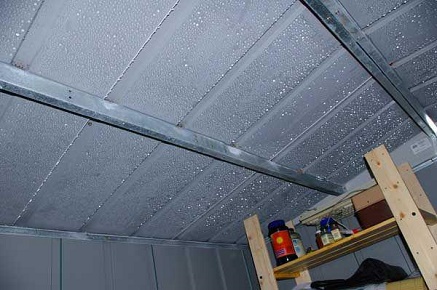
Insulation
Aluminum foil is 88 percent reflective and is widely used for thermal insulation heat exchanges and cable liners. Aluminium foil are widely used in building panels adding to the insulation performance of modern building systems. Aluminium foil is also used as a skin for heat-insulating and incombustible materials to provide high performance insulation for pipework and ducting. Aluminium foil controls surface temperatures for personal protection and comfort, facilitates process temperature control and controls noise. Aluminium foil also acts as an insulator against the magnetic and radio frequency emissions associated with electrical cables. As a sheath for fiber-optic cables, aluminium foil uses its electrical conductivity to act as a ‘tracer’ to enable testing of the integrity of cable links - as well as helping to provide the long term protection every cable needs.
